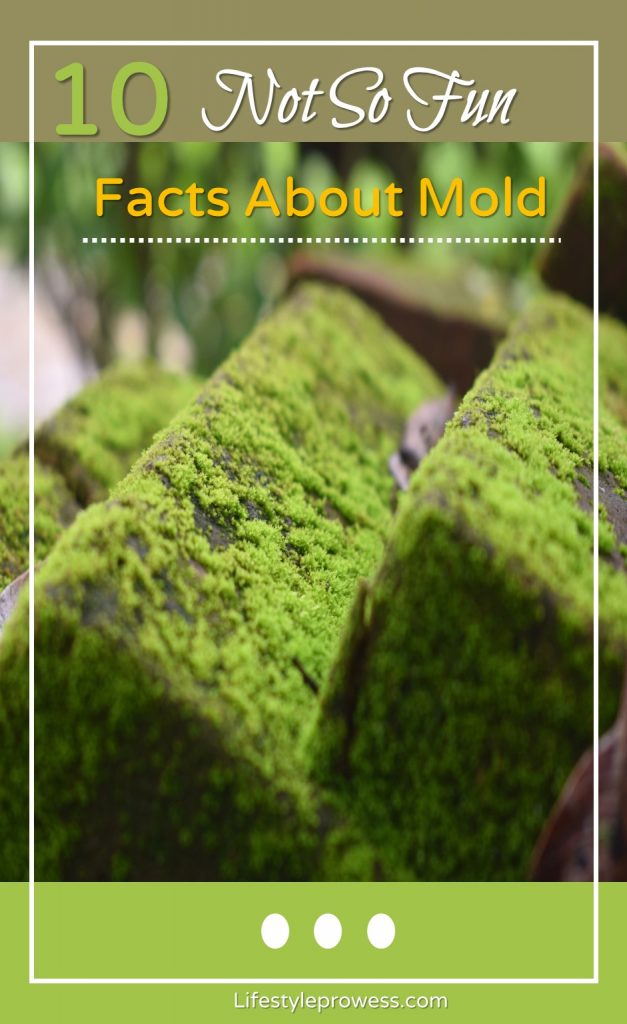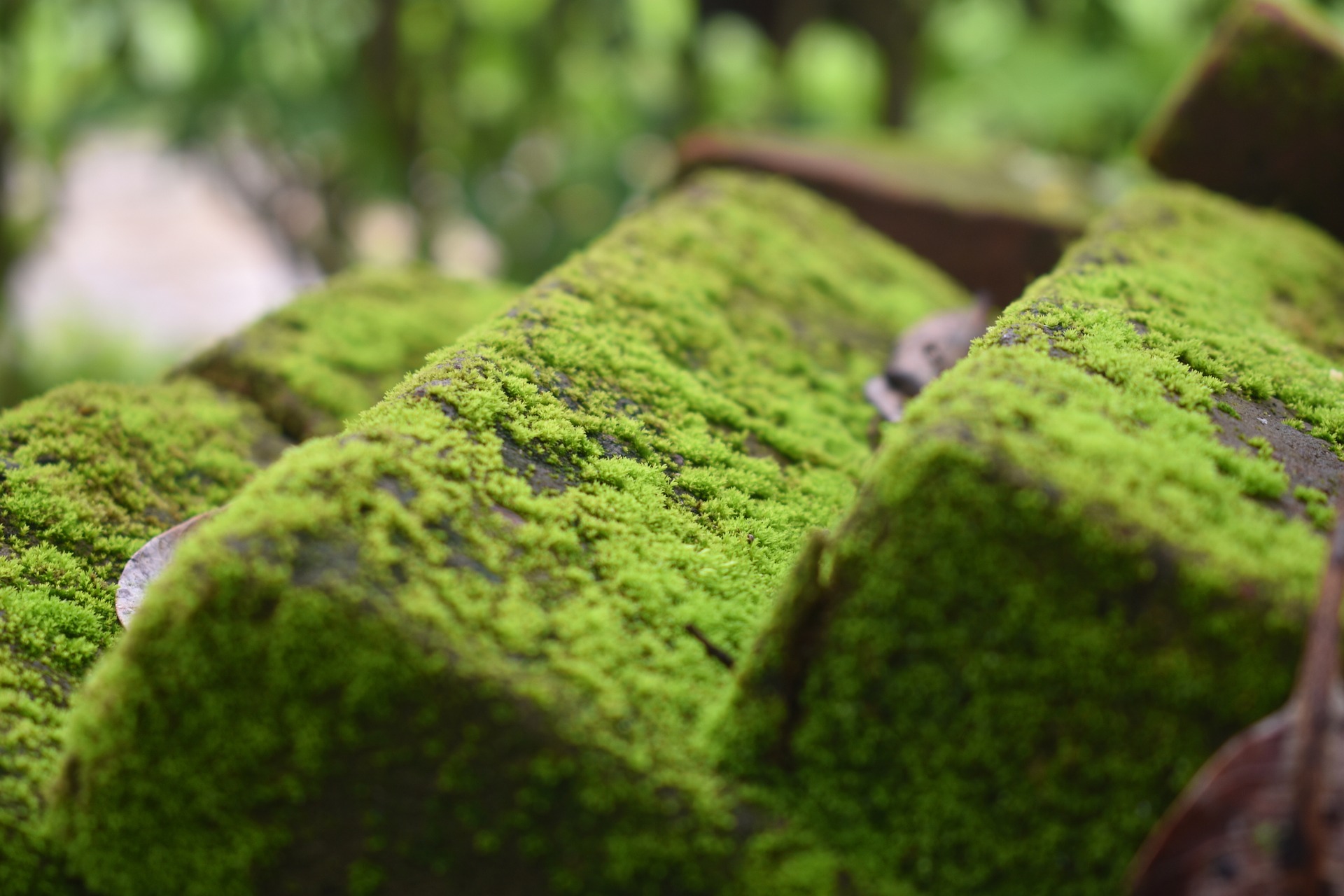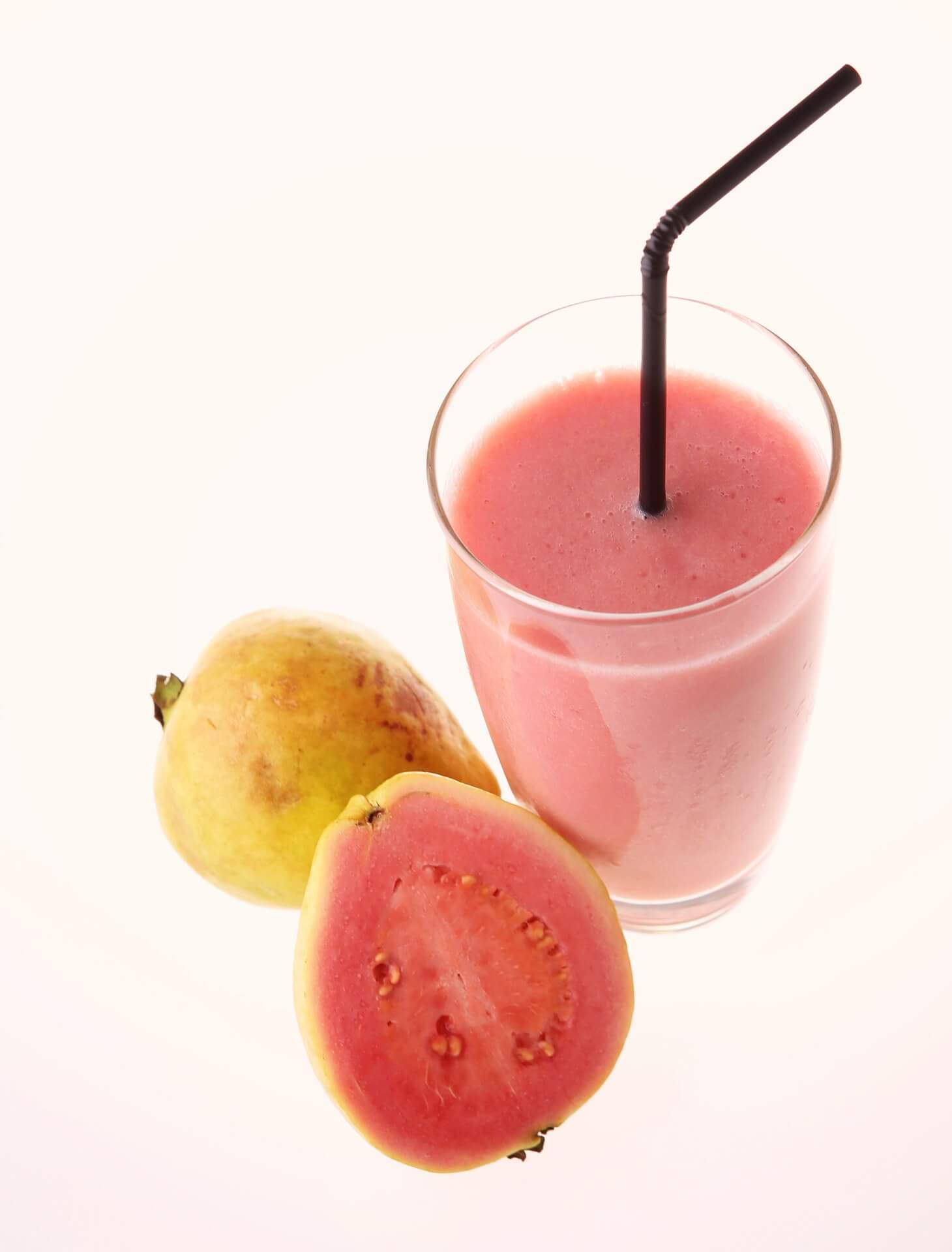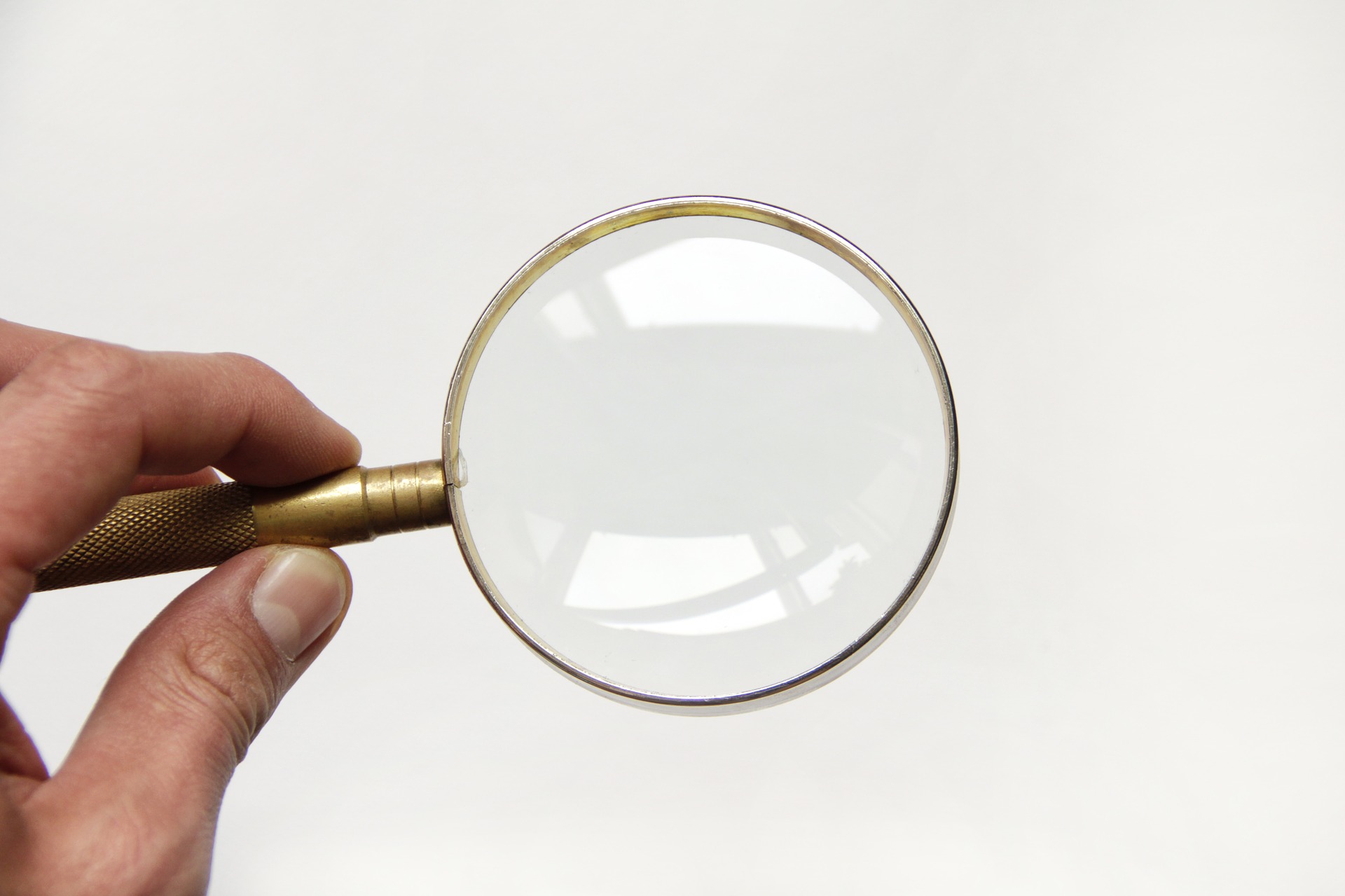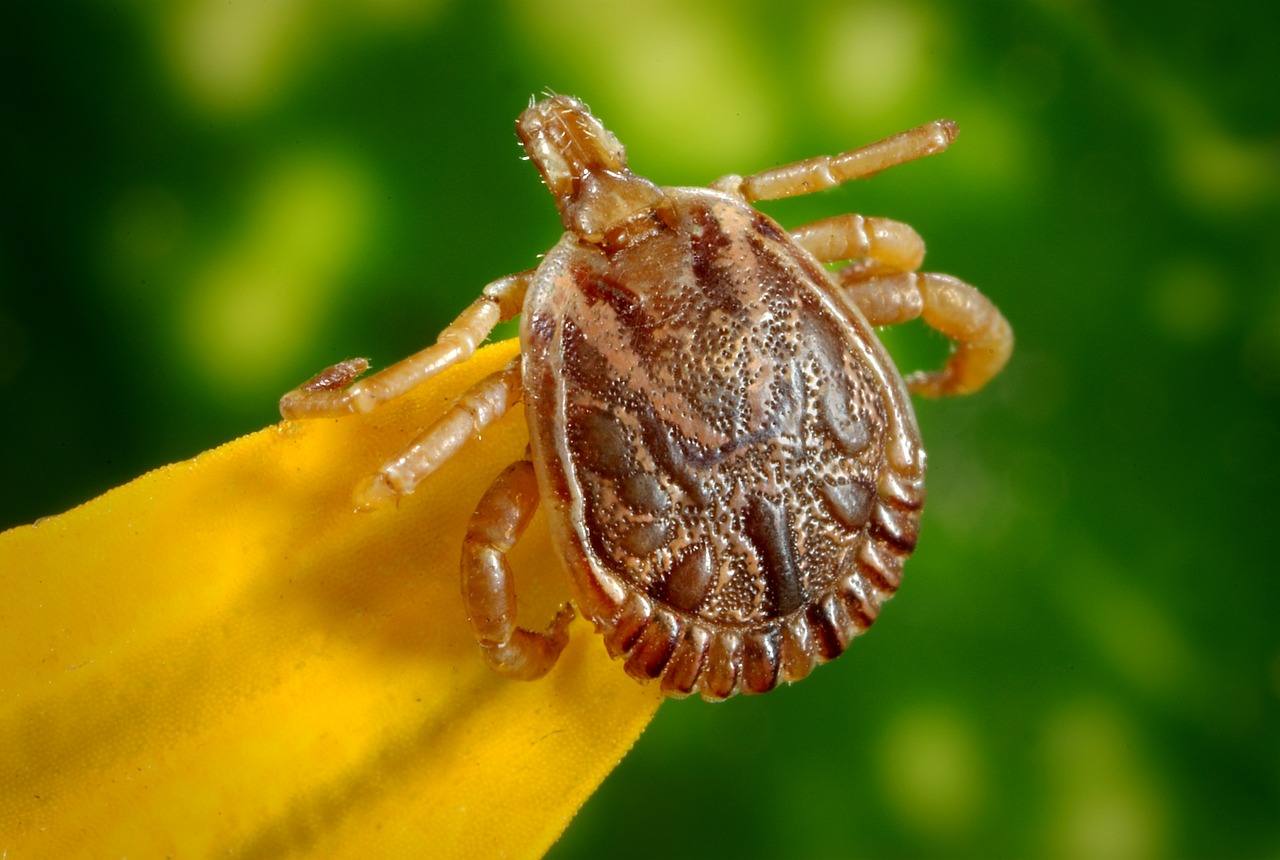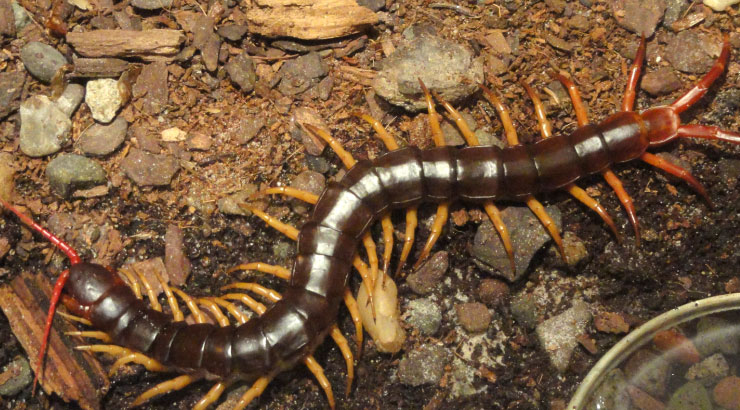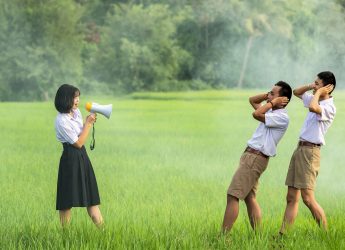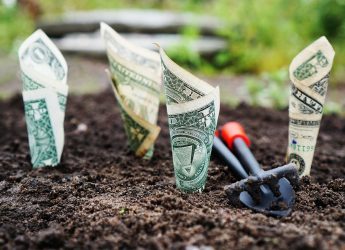10 Not So Fun Facts About Mold and Mildew
Mold is everywhere. These organisms, though useful to the environment, can also have a negative impact when they grow on buildings and even enter the body. To help you learn about these organisms, we’ve compiled a few not so fun facts about mold and mildew.
Mold and mildew have been around for countless of years. You cannot escape them. When they’re not contaminating the air, they’re growing on surfaces. You can find mold in different colors, oftentimes looking like spots or specks on a wall.
While these might appear harmless, they are in fact, quite the opposite. They might even be responsible for that nasty skin rash that keeps coming back or a sudden attack from sinusitis.
To provide awareness, we’ve compiled 10 ‘not so’ fun facts about mold and mildew that you can add to your knowledge and use wisely when the situation calls for it.
10 Not So Fun Facts About Mold and Mildew
Molds are important to the environment. Because they destroy organic materials, they play a major role in helping leaves break down. The breakdown of these plants integrate with the soil and enrich it.
Molds are destructive. While mold is important to the environment, it is the decaying property of the fungi that makes them dangerous.
When prevalent in homes, buildings, and on other surfaces, the area will deteriorate.
Molds can enter your body. Most people believe that mold only grows on surfaces. However, the fungi can enter the body. They can enter the body through several ways. These include inhalation, cutaneous, injection, absorption, and ingestion.
When present in the body, you’ll exhibit various symptoms.
Download this post in PDF: 10 Not So Fun Facts About Mold and Mildew
Molds are everywhere. As they are a natural aspect of the environment, molds can be found everywhere. They can grow on almost every surface. You’ll find them growing on carpets, woods, food, plants, paper, and several other items.
Mold thrives where there is moisture. Mold spores are everywhere. They need moisture to develop and flourish. Hence, you’ll find them in abundance where the area is moist or damped.
Molds are presumptuous. They are probably in your home. You’ll likely find mold thriving in your favorite places, especially in areas where water is used frequently. This includes your bathroom, sink, and kitchen.
Mold is fast and furious. This is definitely a tacky reference to the Fast and Furious franchise, but you get the point.
After exposure to moisture, mold and mildew will likely develop between 24 – 48 hours. If steps aren’t taken to remedy the situation and remove the source of moisture, they’ll continue to develop and grow.
Exercise caution when dealing with mold and mildew. Mold and mildew release spores. If you’re cleaning and disinfecting a surface contaminated with mold, ensure to take precautions. In some cases, especially when mold dominates an area, use appropriate gears. In worse cases, get a professional to deal with the situation.
There is no practical way to get rid of mold. This is not meant to discourage, but you’ll not be able to completely remove mold and mildew indoors or outdoors. However, what you can do is control the level of mold and mildew within your home.
Some people opt to use natural means to clean moldy surfaces or commercial products.
There are different types of molds and their impact differ. There are different types of molds. Depending on the type of mold you’ve been exposed to, the impact will differ. Everyone has been exposed to mold, whether at work, on construction sites, or within the home.
The impact at which mold affects your health depends on the frequency of exposure, type of mold you’ve been exposed to, level of mold, or exposure over a period of time.
Did you enjoy those not so fun facts about mold? Scared? Don’t be. Whatever precautions you take to deal with mold in your home, always ensure to reduce the level of moisture.
Wherever mold and mildew develop, look out for signs of water in the area. They cannot thrive without it.
